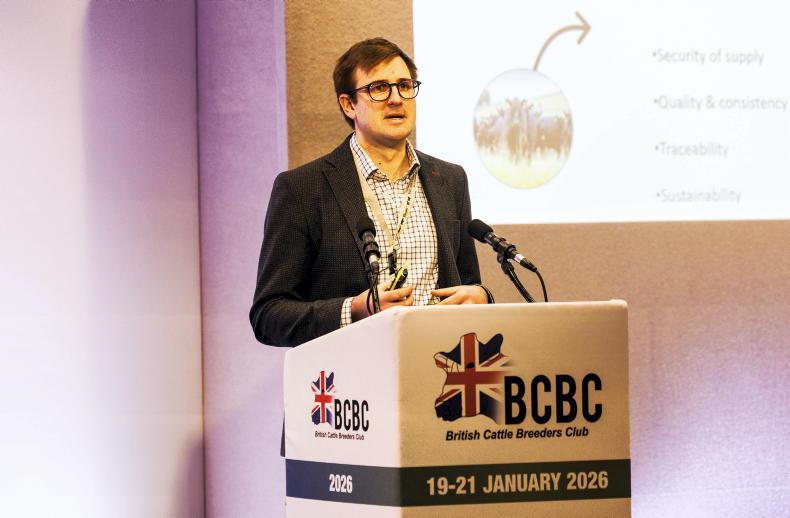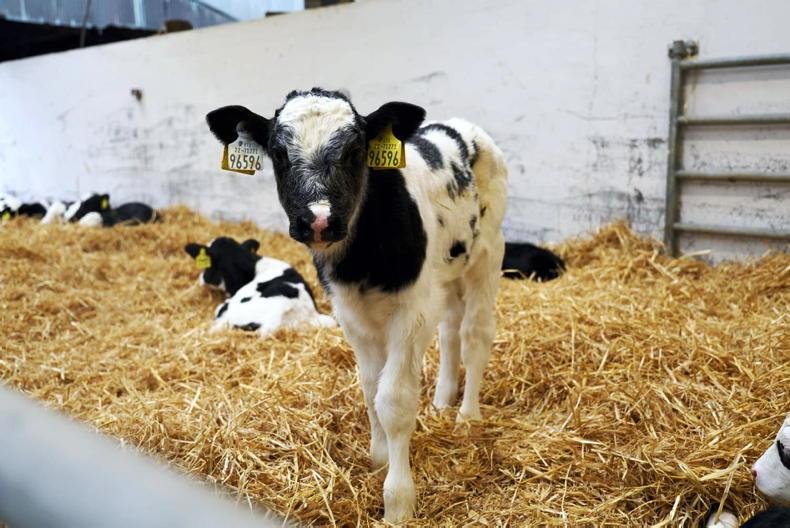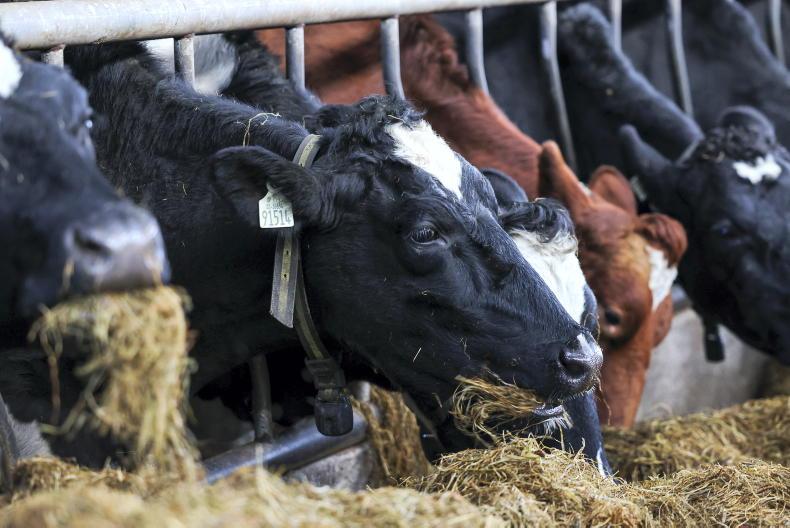This week’s news of the change in approach to the Dairy Beef Welfare Scheme has been met with outrage from dairy beef farmers, as the €20/calf payment is set to move from the rearer to the breeder of the animal.
To sum up the feeling of many of the farmers I spoke to this week, I think the biggest issue isn’t over the €20/calf payment, but the fact that the scheme is not designed to deliver the change required to address calf quality.
The new scheme, to come into effect next year, will pay €20/calf for up to 40 calves to dairy farmers for using high dairy beef index (DBI) AI sires.
Currently, the programme pays the beef farmer for weighing and submitting data to the Irish Cattle Breeding Federation (ICBF) at the same rate (€20/calf on 40 calves) in 2022.
While the overall idea of linking the payment to calf quality is the correct idea, how the scheme aims to achieve it is completely the wrong way.
Driving change
Firstly, paying the producer rather than the rearer is incorrect. Paying the calf rearer for purchasing a high beef merit calf would drive the required change in the market and act as an incentive for dairy farmers to produce higher beef merit calves.
It could be the catalyst to help get farmers more familiar with the oncoming commercial beef value (CBV) and further the discussion around the need for a fully genotyped national herd.
There are plenty of dairy farmers already looking to improve the quality of beef calf produced and they are seeing their rewards in the sales ring, with plenty of customers for decent quality stock.
With a payment rate of €20/calf, you would question whether there is enough in it for dairy farmers to apply for, as it represents less than 2% of the annual profit of a dairy cow.
As well as this, the scheme will bring extra paperwork and increased likelihood of inspection, which will put some farmers off.
Whereas, for beef farmers, a payment of €20/calf could represent as much as 10% to 15% of the profit of the animal, which, on average, will spend over two years on the farm.
DBI or beef value
Secondly, basing a payment on DBI alone will achieve nothing to increase the beef quality of the calf coming from the dairy herd.
The DBI is comprised almost equally between calving traits and beef traits. Therefore, a sire can have very good calving traits and mediocre beef traits and still have a high overall DBI.
If the payment was based on the beef sub-index value within the overall DBI, then at least there would be some link to calf quality.
Cow contribution - CBV
The other missed opportunity within the scheme is that there is no recognition of what the cow is bringing to the table in terms of calf quality.
In the proposed scheme, a farmer with the most extreme dairy genetics can qualify for the same payment as a farmer with a cow that has a decent beef value, simply by using a high-DBI bull.
The Irish Farmer Journal Thrive dairy calf to beef programme has shown over the last four years what can be achieved with the use of high beef merit DBI bulls and there is reason to be optimistic.
However, the programme has also highlighted on many occasions that although it uses all AI-sired stock from high beef merit bulls, there are still stock that are falling out of specification either for fat score or poor conformation at light carcase weights. This is due to the poor beef characteristics of the cow.
The fact is that we cannot ‘beef breed’ our way out of the problem. The beef merit of the cow, which at a national level is decreasing year on year, needs to be addressed if real progress is to be made with dairy beef stock. The proposed Dairy Beef Welfare Scheme is missing the opportunity to do this.










SHARING OPTIONS